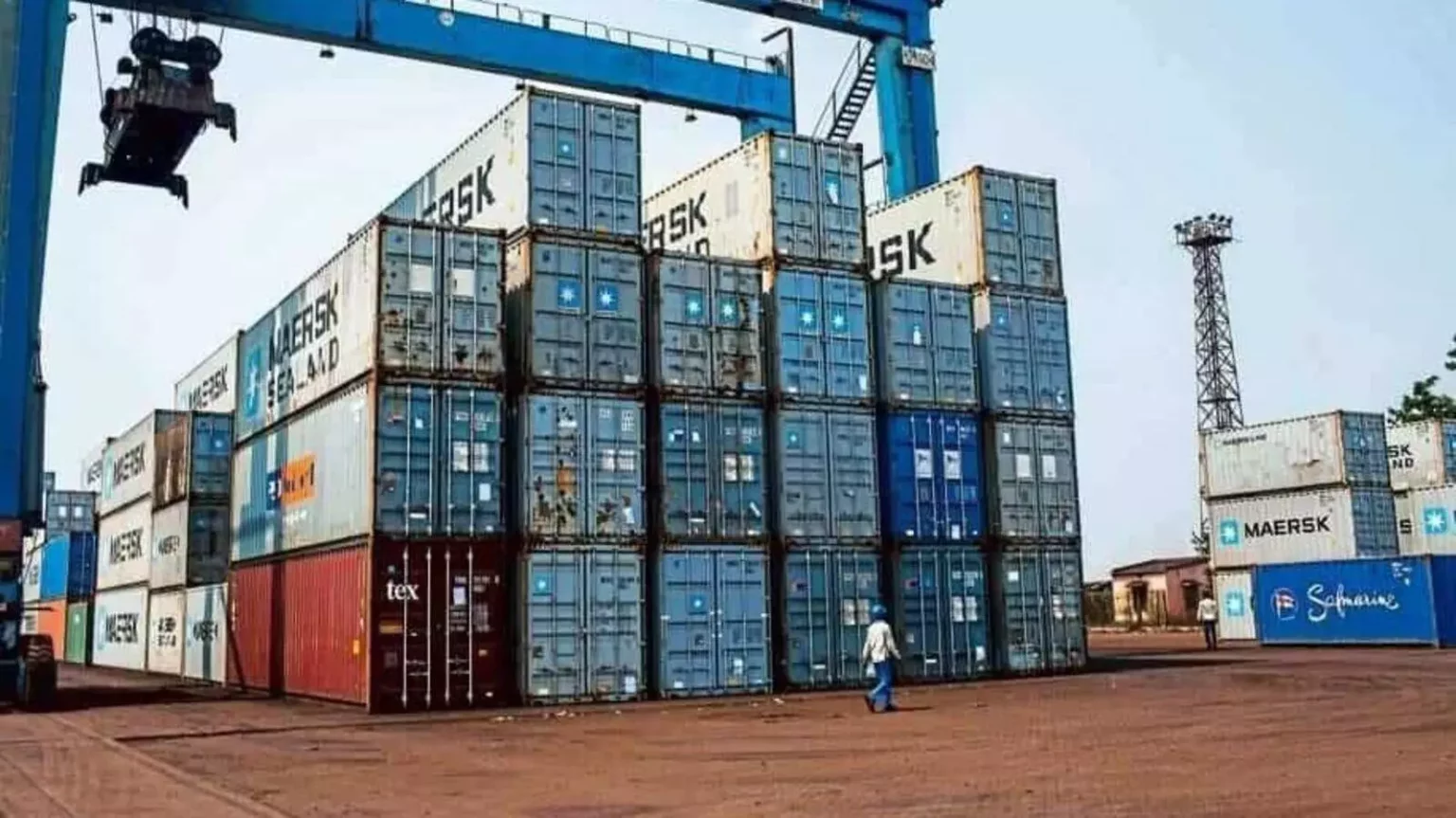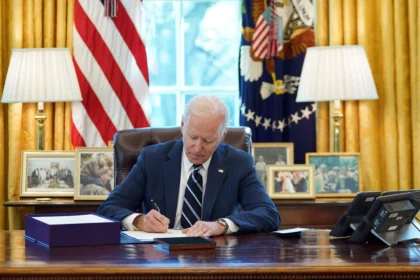Inflation in Sri Lanka reduced to 4.0 percent in August, the lowest since before last year’s exceptional economic crisis, official figures showed on Friday.
The crisis-hit country survived months of food, fuel, and medicine after a foreign exchange crunch that flared widespread protests leading to the removal of its president.
But the situation has since reduced, with headline inflation down from 6.3 percent in July and 69.8 percent at its height last September.
The bank hopes the figure to continue its low movement in the medium term, Sri Lanka’s central bank said.
The nation defaulted on its $46 billion foreign debt last year but assured a four-year, $2.9 billion bailout from the International Monetary Fund (IMF) in March.
An IMF group is expected in Colombo this month to inspect Sri Lanka’s improvement in its devastated finances and to determine the release of another $330 million loan tranche.
Sri Lanka’s economy displayed “tentative indications of progress” but alerted Colombo still required to seek other unfortunate reforms,
the international lender of last resort has said.
Last year’s financial situation flared months of civil uneasiness that ultimately overturned then-president Gotabaya Rajapaksa after a mass of protesters stormed his house’s compound.
His successor Ranil Wickremesinghe has doubled taxes, dismissed generous subsidies on power, and sharply increased prices to shore up state revenue.
In the current action, the state increased petrol and diesel fuel costs by up to 11.2 percent with consequence from Friday.




